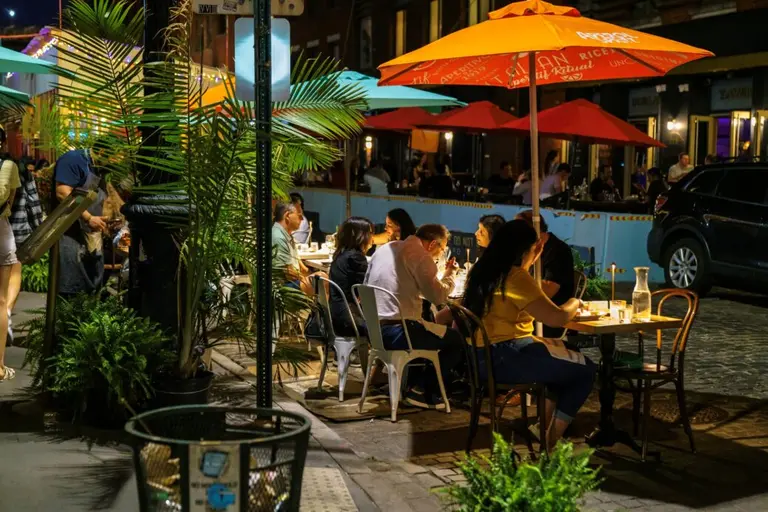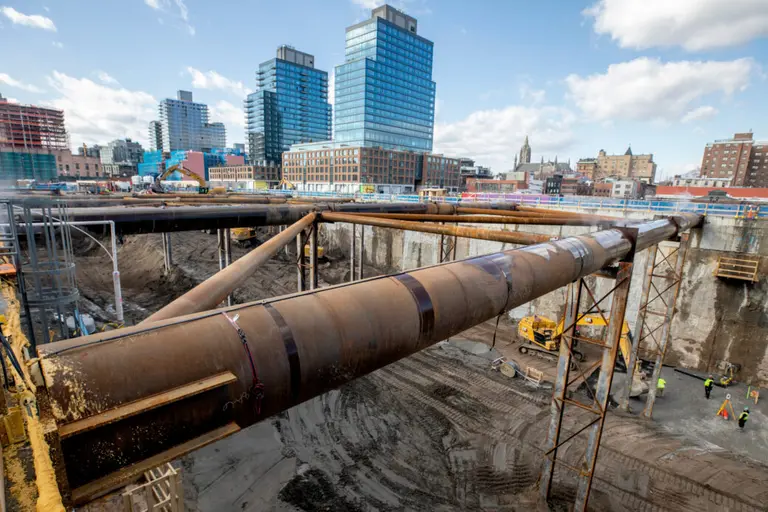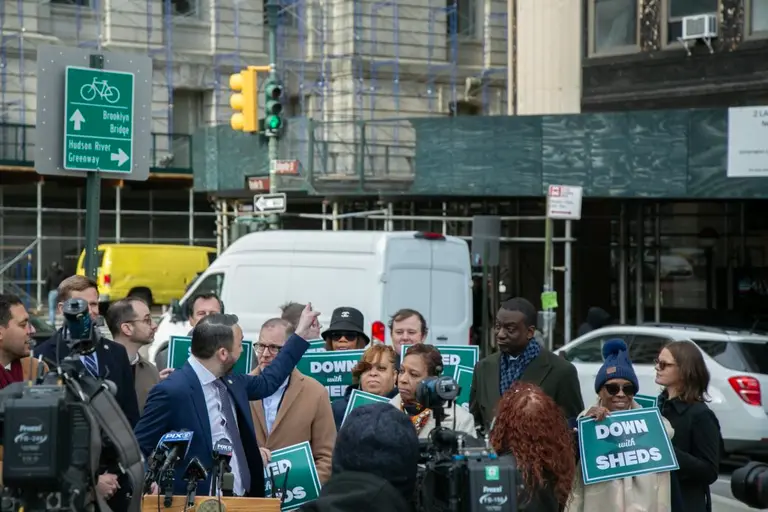Is the Mayor’s Plan To Stop Dumping Garbage by 2030 Possible–or Just Trash Talk?
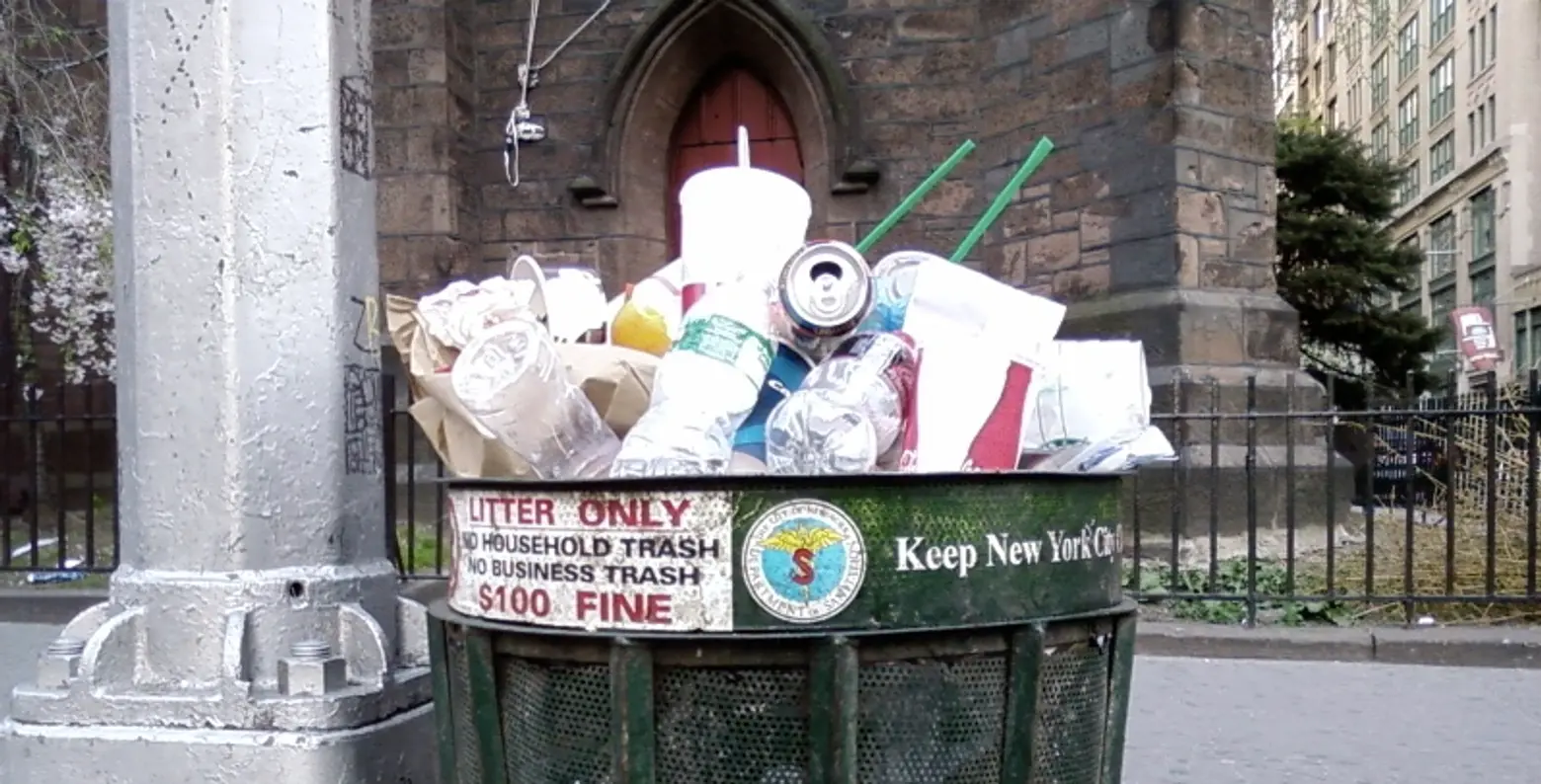
New Yorkers make a lot of garbage. We create more than 44 million pounds of residential and commercial waste every day–about a ton per person annually. Of that, only a third is recycled, composted or burned to generate energy. The rest is dumped in landfills. A recent Crain’s article explains how Mayor Bill de Blasio hopes to make a serious dent in all that dumping. He has pledged that by 2030, the city would be sending “zero waste” to landfills: “This is the way of the future if we’re going to save our Earth.” But like most things, the success of any plans to reduce the rubbish pile hinges on two things: management, and incentive (which, for most New Yorkers, means money).
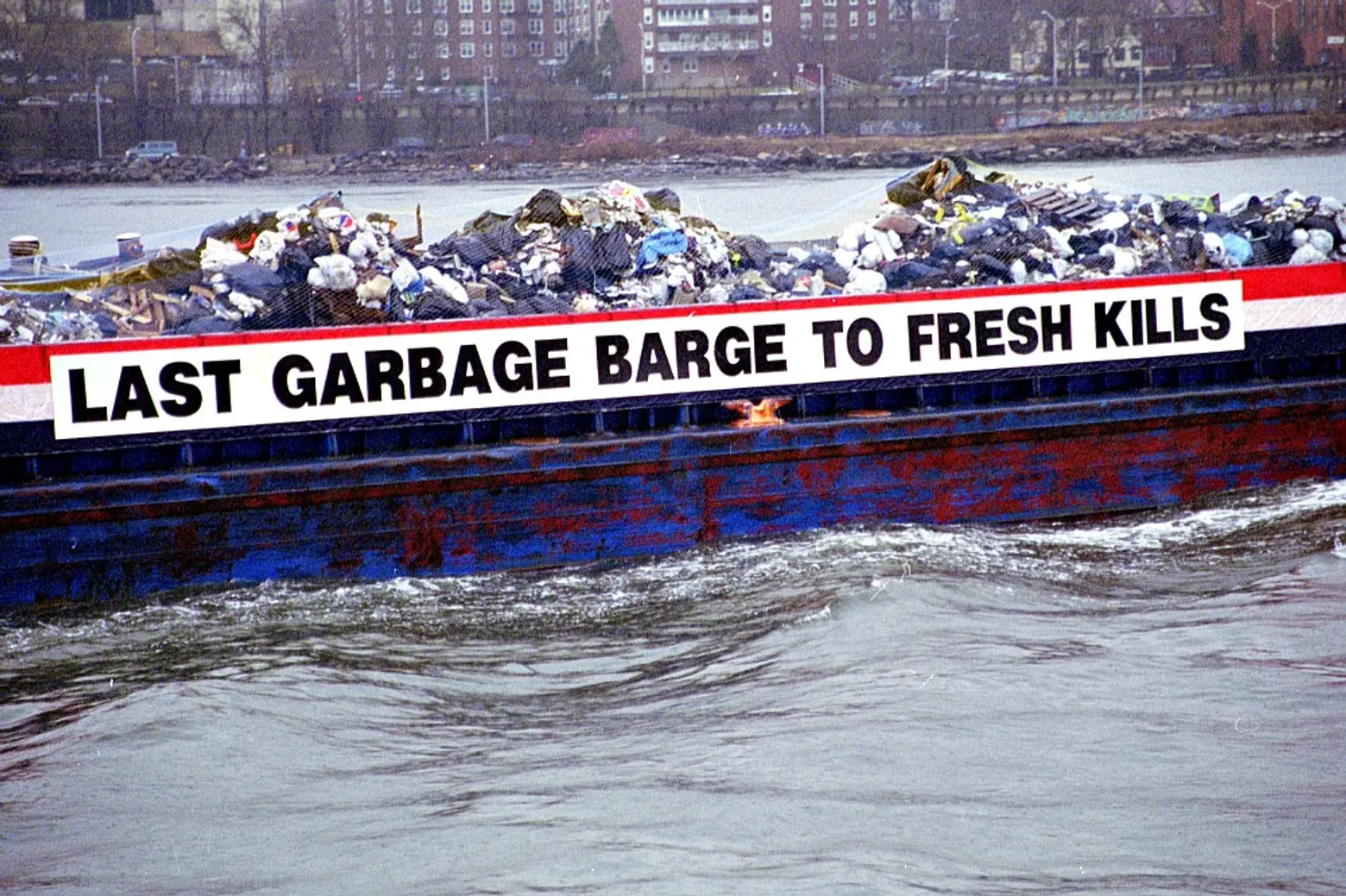
Image courtesy of Freshkills Park Alliance.
New Yorkers are lazy
New York City has the largest curbside recycling program in North America, but the 500,000 tons of recyclable material collected here every year is but a drop in the bucket: 27 years after the city began its recycling program, only 16 percent of residential waste gets recycled. Half the recyclable waste goes into landfills.
That number for businesses averages around 19 percent. Business waste is collected by private sector haulers who self-report their data, so it’s harder to nail down the breakdown. Either way, if the people don’t participate, there’s nothing to recycle. Department of Sanitation Commissioner Kathryn Garcia says New Yorkers don’t have many incentives to waste less, and it’s often easier to bundle everything in black bags instead of those colored bins in the hallway. “Unless it’s convenient, people won’t do it,” she said. And it seems we’re more likely to analyze our trash or make art and fashion with it than dispose of it properly.

Sims Recycling Facility via Big Reuse/Instagram
Incentives, we don’t have them
Other cities, (like San Francisco and Seattle) charge, sometimes after one bin or more, to collect trash, while recycling pickup is free. Not so in NYC, where the whole operation is paid for using tax revenue. According to Ms. Garcia, financial incentive could change that equation:“When something costs you money, you pay more attention,” citing how much water usage dropped when the city no longer charged flat rates for water and installed meters. There’s also the issue of New York City’s high concentration of apartment buildings–more than any other U.S. city–which makes it difficult to provide incentives to “penalize and reward individual behavior.”
One frequently lamented reason it’s so much more difficult for New Yorkers to recycle is the lack of single-stream recycling. It’s harder for people to separate recyclables into separate bins. Single-stream recycling would also make things easier for the sanitation department, which could use only one truck per route instead of two. The city aims to address this by 2020.
Recycling is “a capital-intensive, high-volume, low-margin business.” The city’s biggest contract is with Sims Municipal Recycling, the local branch of an international scrap metal recycling firm. The company has a 20-year contract to process and market the recyclables collected from the city’s homes, schools and government buildings, all of which ends up at an 11-acre material recovery facility on the Brooklyn waterfront in Sunset Park.
Though most of the $120 million facility, which opened in late 2013, was paid for by taxpayers, Sims put $55 million into it. The long-term contract enabled Sims to invest in equipment and infrastructure that should make recycling more cost-effective to the city. The sanitation department forks over around $75 to the company to process each ton of recycling (compared to $90 to $100 to dump the same amount of waste in a landfill or burn it in a waste-to-energy plant). When there is a healthy market for recycled commodities, the city gets to share in the profits.
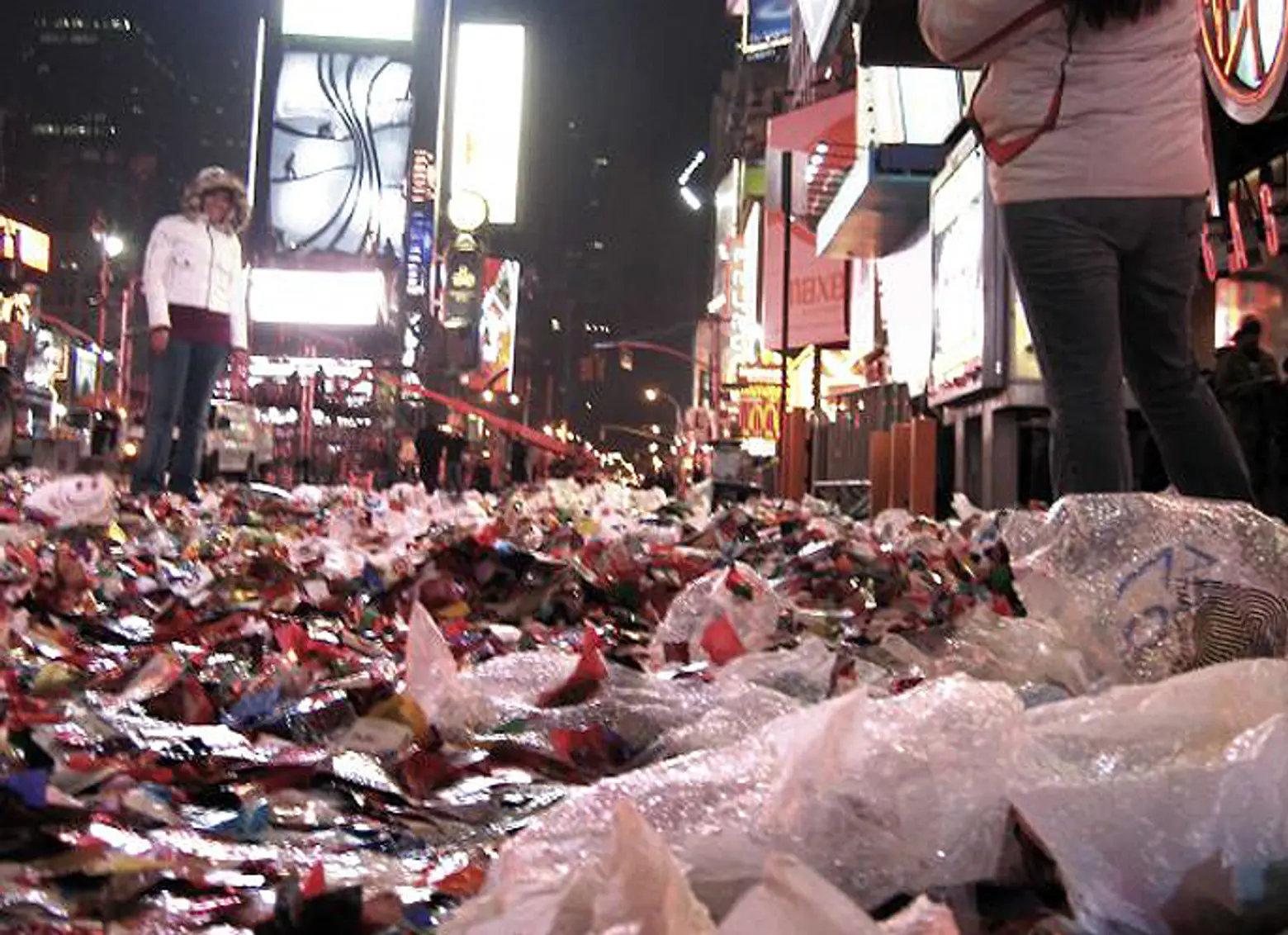
Image: All the trash left behind on New Year’s Day in Times Square. Via Windfucker cc
Trash vs. garbage
Then there’s the issue of real garbage: Food scraps and yard waste make up at least a third of the waste stream. A 2003 pilot program, which now serves over 700,000 residents, placed brown bins for organic waste in neighborhoods and schools. The mayor sees all New Yorkers composting by 2018, but that may be easier said than done.
The material the city ends up with is often too contaminated to be used (hint: diapers aren’t compost). And like everything else, it comes at a cost. So far, the Citizens Budget Commission has said composting could cost $250 million annually, and a survey showed that composting facilities within 150 miles only had enough capacity for 10 percent of the city’s organic waste.
The city will begin requiring food manufacturers, arenas, stadiums and large hotel restaurants to keep their organic waste out of trash bins this summer. It’s another area NYC is playing catch-up. The city’s failure to reduce polystyrene foam and plastic bags isn’t helping.
The city’s population is expected to reach 8.8 million in 2030. The mayor’s plan to make slashing waste a priority is an important one. But getting there will be a long haul.
[Via Crain’s]
RELATED:

